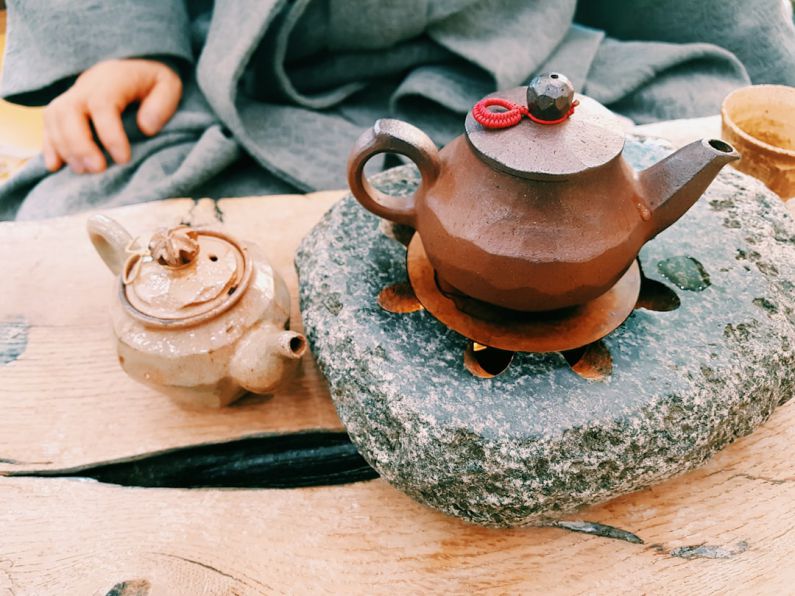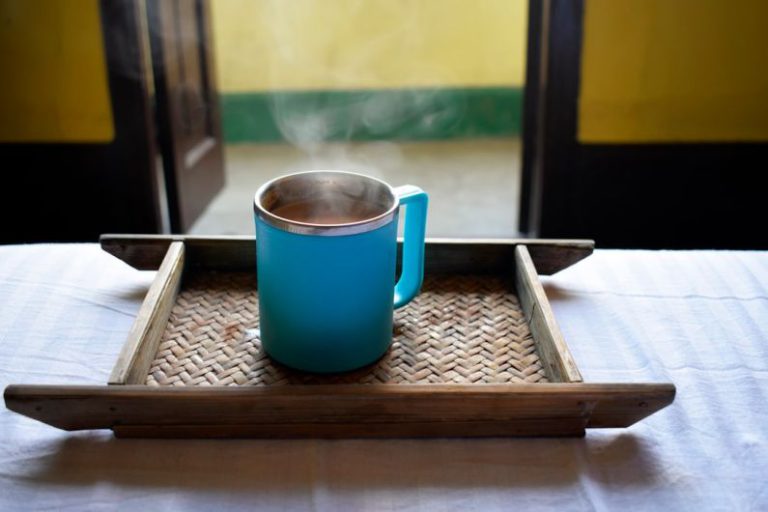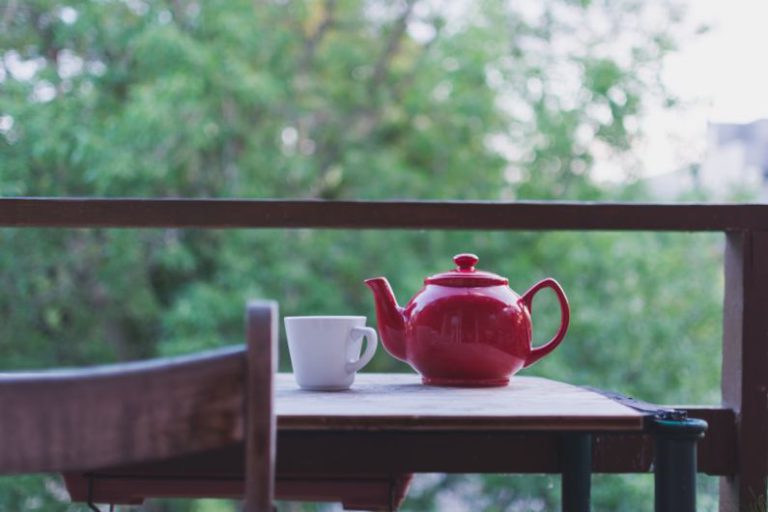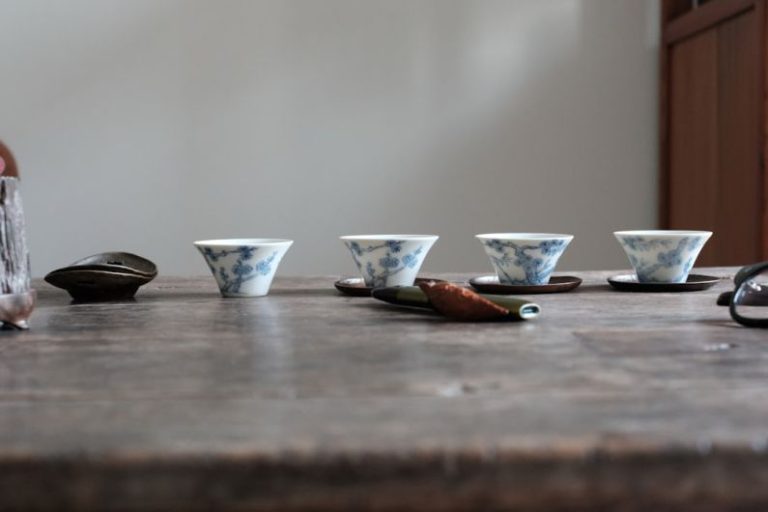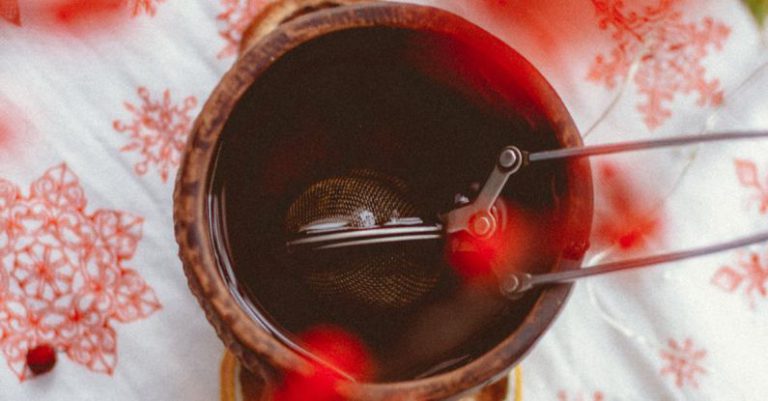The Yixing Teapot: China’s Purple Clay Marvel
For centuries, the Yixing teapot has captured the hearts of tea enthusiasts around the world with its unique charm and unparalleled craftsmanship. Handcrafted in the town of Yixing in China’s Jiangsu province, these teapots are made from special purple clay known for its porous nature and ability to enhance the flavor of tea. Let’s delve into the fascinating world of the Yixing teapot and uncover the secrets behind its enduring popularity.
The Origin of Yixing Teapots
The history of Yixing teapots dates back to the Song dynasty in China, making them one of the oldest types of teapots in existence. The town of Yixing, nestled along the banks of Lake Tai, has long been renowned for its rich deposits of purple clay, also known as zisha. This unique clay, with its distinct color and texture, became highly prized for its ability to absorb the aroma and flavor of tea over time, enhancing the tea-drinking experience.
Craftsmanship and Artistry
One of the most remarkable aspects of the Yixing teapot is the level of artistry and skill that goes into its creation. Each teapot is meticulously handcrafted by skilled artisans who have spent years honing their craft. From shaping the clay to carving intricate designs, every step of the process requires precision and attention to detail.
The unique properties of purple clay present both challenges and opportunities for these craftsmen. The clay’s porous nature allows it to retain heat efficiently, making it ideal for brewing tea. Additionally, the mineral composition of the clay can interact with the tea, subtly altering its flavor and aroma over time.
Variety and Customization
One of the appeals of Yixing teapots lies in the wide variety of shapes, sizes, and designs available. From traditional round-bodied pots to more modern interpretations, there is a teapot to suit every taste and brewing style. Some teapots feature intricate engravings or decorative elements, showcasing the artisan’s creativity and expertise.
Many tea enthusiasts also opt for customized Yixing teapots, where they can request specific designs or patterns to be incorporated into the pot. This level of personalization adds a unique touch to the teapot and makes it a cherished item for the owner.
Caring for Your Yixing Teapot
To ensure the longevity of your Yixing teapot and maintain its flavor-enhancing properties, proper care is essential. It is recommended to dedicate a specific type of tea to each teapot to allow the clay to absorb its flavors fully. After each use, rinse the teapot with hot water and avoid using soap or detergent, as these can affect the clay’s properties.
Over time, a patina will develop on the surface of the teapot, adding to its character and enhancing its ability to infuse tea with rich flavors. Regular use and care will only improve the teapot’s performance, making it a cherished heirloom that can be passed down through generations.
The Enduring Legacy of the Yixing Teapot
In a world where mass-produced goods dominate the market, the Yixing teapot stands out as a testament to traditional craftsmanship and artistry. Its unique properties, coupled with the skill and dedication of its makers, have ensured its enduring popularity among tea connoisseurs worldwide. Whether you are a seasoned tea enthusiast or a casual drinker, experiencing the beauty and functionality of a Yixing teapot is sure to elevate your tea-drinking ritual to new heights.
